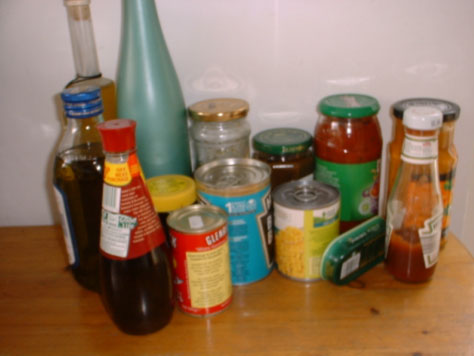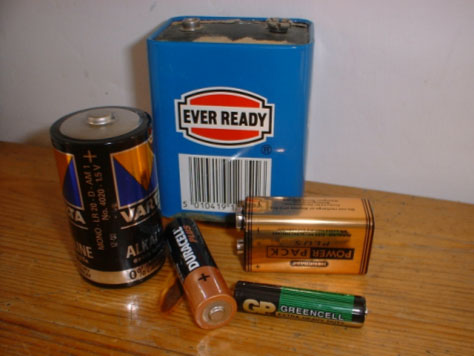| LOUGHBOROUGH UNIVERSITY
LU 1: RECYCLING: COLLECTING MORE OPEN-ENDED BRIEF - It has been recommended for many years that reducing, reusing and recycling provide many opportunities for environmental improvements in our own and other countries and in product manufacture. Design and make a product that uses at least one of those criteria. SPECIFIC BRIEF - New targets are soon to be introduced for the recycling and recovery of packaging waste. Although it is likely to be possible to meet the plastic recycling target for 2006 from industrial waste sources, more metal and glass is going to have to be extracted from the domestic waste stream. Design an appropriate separation and storage system for household use. Likely recycling targets for 2006:
• 2001 Comparing the second row with the first shows that
the recycling targets were met in 2001. The ‘recovery’ heading
includes other useful outputs from the waste stream (eg
energy from incineration). Currently it is thought that it is likely to be possible to meet the plastic recycling target for 2006 from industrial waste sources, but that more metal and glass is going to have to be extracted from the domestic waste stream. Further information concerning this design task can be found on the Centre for Alternative Technology website, (http://www.cat.org.uk) in the education section.
SUPPORT INFORMATION FOR TEACHERS The following photographs illustrate the design problem. They show the kind of products currently stored in glass and metal containers in UK households. Teachers wishing to extend the design tasks for a particular student might include the collection of batteries in the design brief. It is likely that the collection and recycling of waste batteries will be required soon in relation to the Waste Electrical and Electronic Equipment (WEEE) Directive. The WEEE Directive will come into force in the next year or so. They can be used as an introduction to the open-ended brief “Reduce, Reuse, Recycle”. or the specific recycling design context on ” Recycling: collecting more”
|
||||||||||||||||||||||||||||||||||||
|
||||||||||||||||||||||||||||

